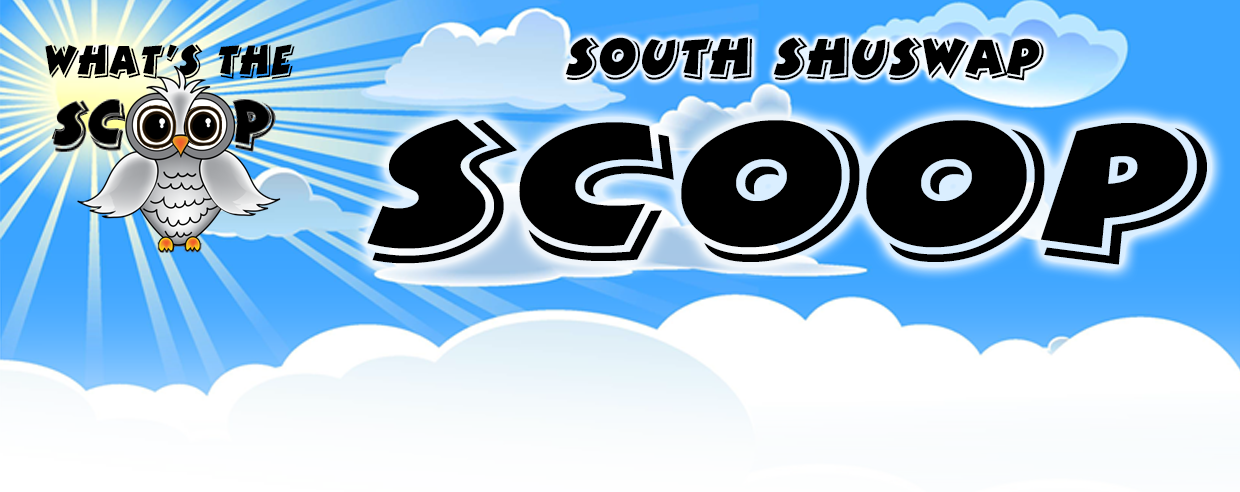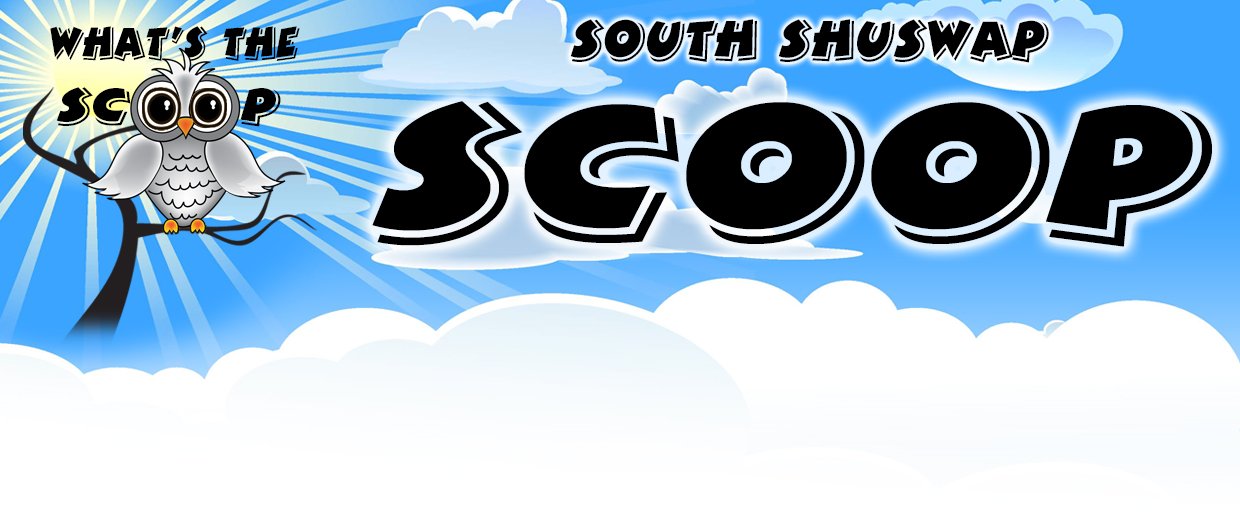New Warnings for Invasive Mussels Economic Impact in BC Waters
By Barbra Fairclough
Both Zebra and Quagga mussels (ZQM) are non-native to BC waters. They were introduced to Canada via international shipping between the Baltic Sea and the Canada (Great Lakes Region) and the USA. Although mussels have not yet been introduced to BC, they are capable of surviving in BC lakes and rivers.
Provincial efforts have focused on a prevention approach through information campaigns (Clean Drain Dry) and roadside watercraft inspections at key entry points to BC from Alberta and the USA. To date Zebra/Quagga mussels occur in Manitoba, Ontario, and Quebec as well at 24 American states.
BC water ecosystems are at significant risk according to a recent statement by the Shuswap Watershed Council.
In a recent news release Shuswap Watershed Council and the Columbia Invasive Species Society are raising the alarm about new information released in a provincial report. The report estimates the economic cost of dealing with an infestation to range from $64 – 129 million dollars, annually. These costs would be borne by ratepayers, taxpayers, property and business owners.
(photo credit El Dorado Irrigation District)
While clams do not cling, mussels do and this poses the problem associated with ZQM. The report published in May 2023 lays out the details of the costs.
The report indicates ZQM attach to boat hulls engines and other interior components of watercraft. “This can lead to reduced fuel efficiency and in some cases make boats inoperable. Juvenile mussels can be drawn into engines and internal cooling systems leading to expensive repair and replacements of critical components.” The report points out damage to boats is among the top three sources of damage costs from ZQM according to previous studies.
The impact on recreational fishing is hard to quantify however the 2015 Survey of Recreational Fishing in Canada illustrate the exposure of the recreational fishery at the provincial scale. “The impacts of ZQM on fish species depend on multiple factors including lake morphology water chemistry and food web interactions (Kao et al. 2018).
Woodruff et al. (2021) simulated the impact of zebra mussels on fish species in Shuswap Lake and found declines in rainbow trout, lake trout, and non-anadromous (anadromous fish migrate between the sea and inland freshwater bodies) kokanee salmon but little effect on anadromous sockeye salmon. The study illustrates the challenge in drawing generalized conclusions about the impact of the QM in individual species of the provincial scale.
Water supply infrastructure including public and private systems supplying water for agriculture, golf courses are also at risk “Irrigation and stock watering infrastructure, including pumps, pipelines, sprinklers and emitters, gated pipes and syphon tubes are vulnerable to ZQM(Nelson 2019)
“The most vulnerable components of hydro facilities are intakes and penstocks gates and valves water systems for cooling and domestic water and pumps turbines and generators overall 60% of hydro facilities and 79% of power producing capacity is in situated in moderate or high risk sub watersheds.”
The report also speaks to the potential impacts on tourism. With freshwater lakes acting as a primary attraction for water based tourism economic costs to the tourism sector consists of lost operating surpluses for businesses and tax revenues from reduced tourism expenditures by non residents.
Impacts on tourist revenues result in net economic damages to the losses and profits or operating surpluses by businesses in BC as well as losses in tax revenues generated from tourism expenditures BCS stats provides information on gross operating surplus and product taxes per dollar of tourism expenditure.
The report also speaks to shoreline amenities and water quality. “The impacts of ZQM on beaches and shorelines may reduce the amenity value of waterfront properties.”
Impacts of ZQM on water quality include increased nearshore plant and algal growth (Nelson 2019; Vanderploeg et al. 2001). Residents of Lake Winnipeg have reported odours from rotting shells that periodically wash up on the shores as well as negative impacts from sharp shells which cover piers and beaches and pose a risk to people and animals.
The study concludes that the establishment of ZQM may take years to unfold, the impacts are cumulative and may be irreversible. Proactive investment strategies that reduce the probability of ZQM introduction will yield long term benefits and may be one of the most cost-effective ways to manage for biodiversity and ecosystem health.
Executive Director Robyn Hooper of the Shuswap Invasive Species Council says, “All it takes is one contaminated boat or watercraft launching into BC waters and our freshwater could be altered forever.”
Erin Viera of the Shuswap Watershed Council says, “The threat of invasive mussels is never going away. The Shuswap Watershed Council is committed to continuing with our work to educate and advocate for better protection measures from the provincial and federal governments.”


